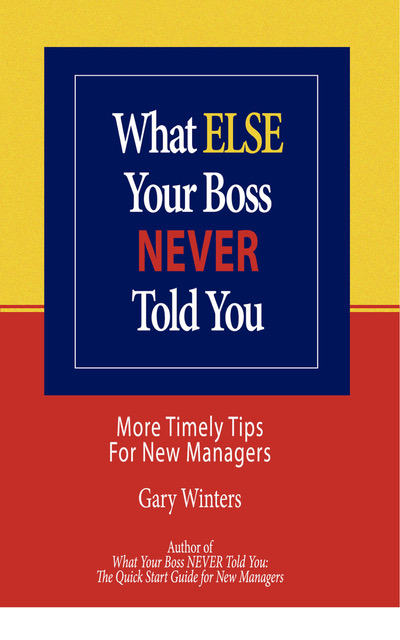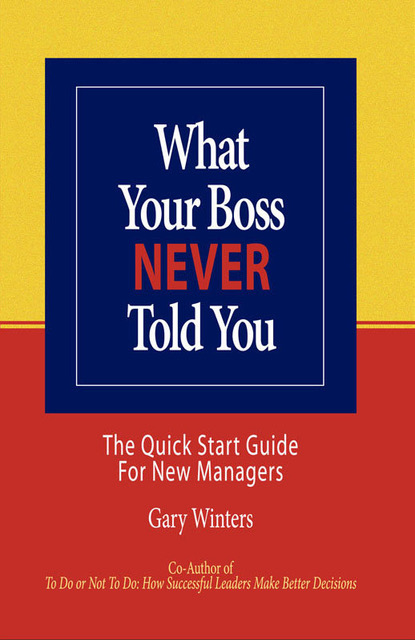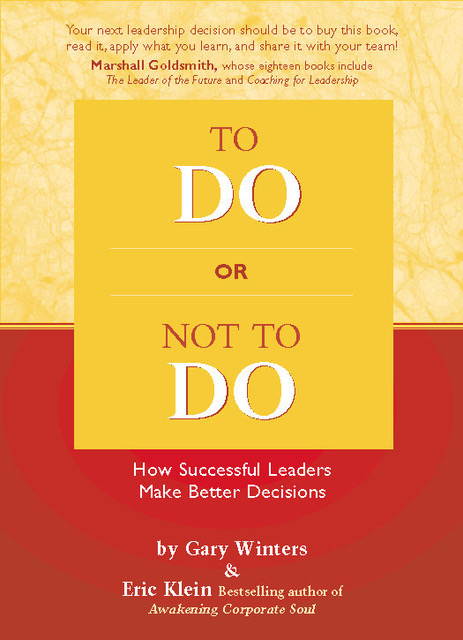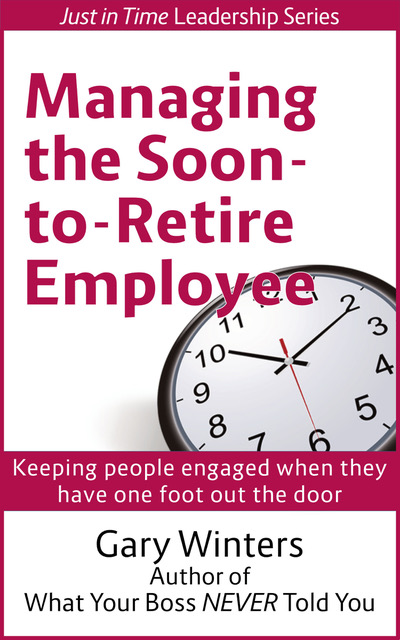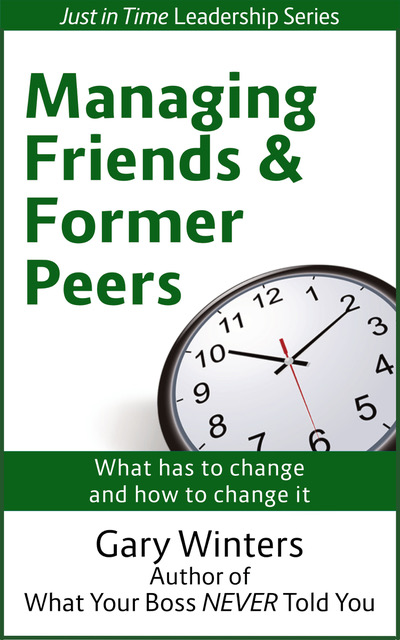Remember, business is what happens when you’re busy planning leadership development.
The best development strategies are those is that leverage what’s already going on in the organization. Find out what gets reinforced in the workplace and work with that energy. Have a bias for action and creativity. Think outside the classroom.
Consider yourself a marketing person — not a “training” manager.
Developing leaders in the organization is often understood to be important, but is also frequently seen as a “non-essential” expense in tough economic times. Your job is to help key decision-makers and thought leaders to see the benefits of on-going, conscious leadership development. You need to do some selling. If you can’t demonstrate a return-on-investment, then what you do is non-essential.
Balance what the organization wants with what it needs — but start with what it wants.
As a professional, you’ll face a dilemma from time to time – there’s a request for service, but you know that what they think they want is not what they need. Often, you’ll get more buy-in and commitment to the intervention you think is most appropriate if you start by delivering at least some of what was requested first. You can use that intervention to demonstrate why they also need this or that.
On the other hand, seek alignment with strategic plans and senior leaders — but don’t be afraid of guerilla tactics.
I once served as an internal OD professional in a large, toxic system. The General Manager called me to his office one day to review the various offerings in our Leadership Academy. He saw that we had a Stress Management program – and immediately forbade me to keep it on the menu. “We don’t have enough stress around here,” he said. “Stress produces competition and creativity. Remove this class from the schedule.”
Realizing that reminding him that three people had been taken out on stretchers that year alone (heart attacks) would have fallen on deaf ears.
I knew our employees wanted to learn how to deal with stress. I knew they wanted this program, and I decided I’d have to be willing to “bet my job” to make sure it was available. But, rather than force a confrontation with the GM, my team and I came up with a guerilla tactic: we changed the name of the seminar to “Wellness at Work.” Same program, same content. I was willing to take the heat if it came, but it never did. And the program was a huge success, with waiting lists a mile long.
Finally, remember that most the “development” in your organization may not occur in nor be a result of any classroom activity.
That doesn’t mean eliminate classroom activity.

